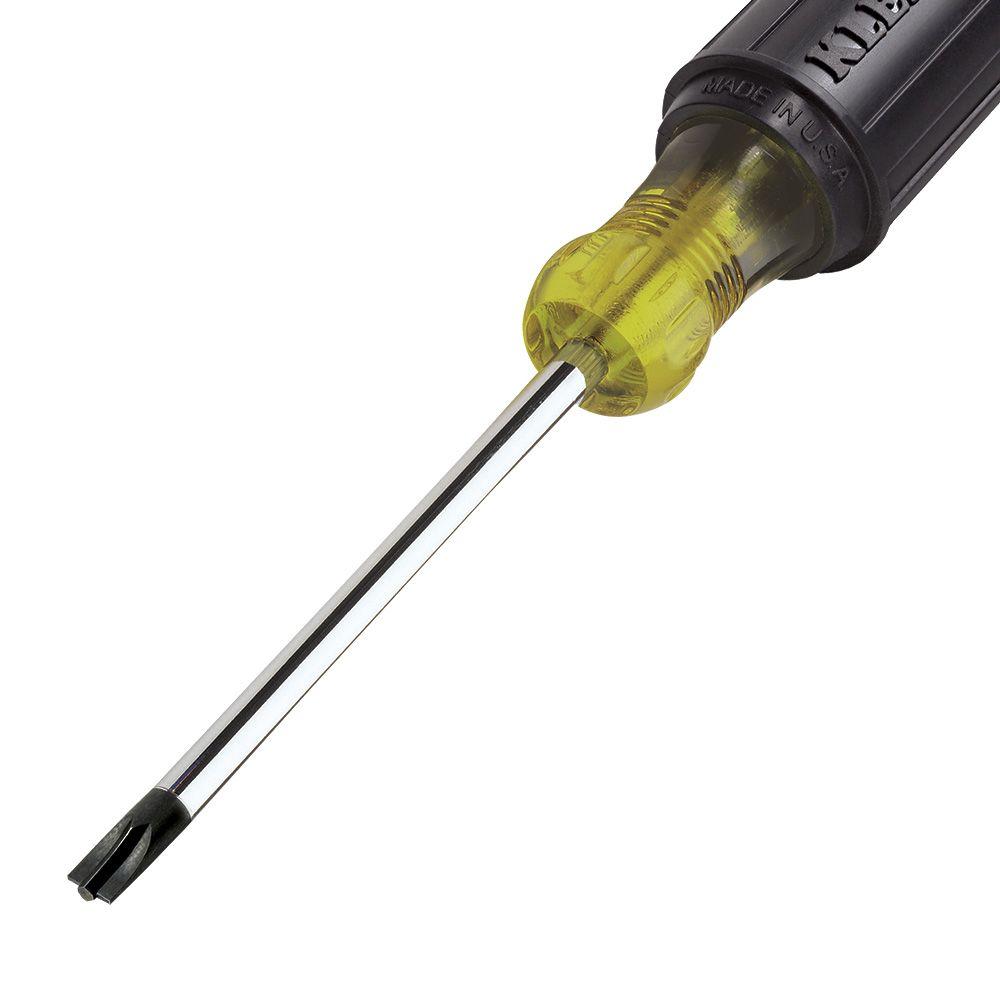tracyballard
Member
I'm about to be installing a bunch of Leviton GFCI commercial grade 15 amp duplex outlets to replace the old ungrounded 3 prong outlets that someone put in previously, but I had a couple of questions. One question is about the terminals and which wires go to which terminals - on the back it has a label over one set of terminals that says to wire those terminals to the next outlet in line for continuous ground protection. Does that matter if I'm replacing all of the outlets with GFCI outlets? And would it make that outlet ungrounded if wired the opposite way, or would it be a problem for other outlets down the line? Not sure if I can tell between the 2 white and 2 black wires as to which goes to the next outlet.
One other thing, I assume using the back wire method is preferred to wrapping around the terminal? please let me know if not.
thanks again for all the help!
One other thing, I assume using the back wire method is preferred to wrapping around the terminal? please let me know if not.
thanks again for all the help!
Last edited:

